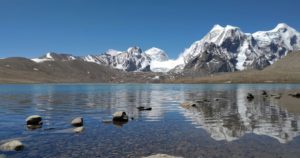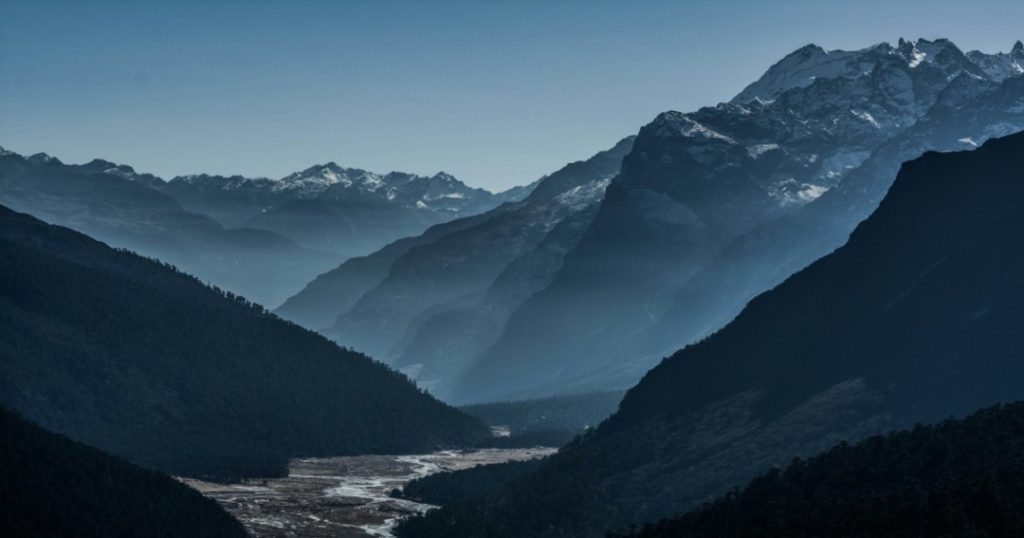
For decades, the names Doka-La and Cho-La have echoed in India’s military history—remote, windswept passes high in the Himalayas where courage met cold and silence. Now, these once-restricted frontiers of Sikkim are opening their gates, not to armies, but to travellers.
Beginning October 1, 2025, Indian citizens can visit the high-altitude border routes of Doka-La (Doklam) and Cho-La, both of which have played defining roles in India’s defence history. The decision, part of the Bharat Ranbhoomi Darshan initiative, is aimed at giving visitors a glimpse of the country’s strategic landscapes while promoting sustainable, local tourism.
From Battlefields to Travel Routes

Perched near the tri-junction of India, Bhutan, and China, these passes were long off-limits to civilians. Cho-La was the site of the fierce 1967 clashes between Indian and Chinese forces, while the Doklam plateau became a global flashpoint during the 2017 standoff.
Today, the same rugged terrain that once bristled with tension is being reimagined as an open-air classroom of courage, resilience, and geography. “These places aren’t just coordinates on a map—they are chapters of India’s story,” a local tour operator in Gangtok said. “Letting people see them helps bridge that distance between history and reality.”
Strict Access, Simple Purpose
The government has allowed only Indian nationals to visit, and entry is strictly by permit. Travellers must apply through registered tour operators and stay at least one night in a designated homestay along the old Silk Route—villages like Kupup, Zuluk, Padamchen, or Gnathang.
Permits cost ₹1,120 per person, a fee that also contributes to conservation work around the Tsomgo Pokhari Wildlife Sanctuary. Officials say this controlled model is designed to preserve both the ecology and the sanctity of the area.
Each site will welcome a limited number of visitors daily—25 vehicles and 25 bikes—all to be accompanied by security escorts from the Sikkim Police and the Indian Army. Private vehicles are not allowed; only approved operators can ply the steep, narrow roads that snake up to the passes.
Journey to the Edge
The route itself is as stunning as it is challenging. Beyond Tsomgo Lake and Kupup, the road climbs through mist, pine forests, and barren ridges, eventually revealing vast panoramas of snow-streaked peaks and empty horizons.
At over 14,000 feet, the air thins and the silence deepens. Stone memorials and weather-beaten bunkers remind visitors that this is no ordinary mountain trail—it’s part of India’s living frontier.
Homestays along the route add a softer human touch to the journey. Guests share butter tea, yak cheese, and stories with families who have spent generations in the shadow of the border. “We’ve always lived close to the soldiers,” says Dolma Lepcha, who runs a small guesthouse near Zuluk. “Now tourists will come too. It feels good that people will finally know our side of the mountains.”
A Responsible Step Forward
Officials insist the move is not about commercializing sensitive regions but about recognition and respect. The controlled tours are designed to ensure safety, minimize impact, and generate livelihood for local communities.
“We want people to understand what the border means—not through headlines, but by being there,” said a tourism department official. “Every stone and every silence up there tells a story.”
More Than Just a Destination
For travellers, the opening of Doka-La and Cho-La is a chance to experience something few ever have—a meeting point of history, geography, and human endurance. For Sikkim, it’s an opportunity to showcase a deeper identity beyond monasteries and lakes—a land that guards the nation’s northern gates, quietly and steadfastly.
As the first groups prepare to make their way to these distant heights, one thing is certain: the road beyond Nathula no longer ends in mystery. It now opens into memory—etched into the mountains where India once stood watch, and still does.


